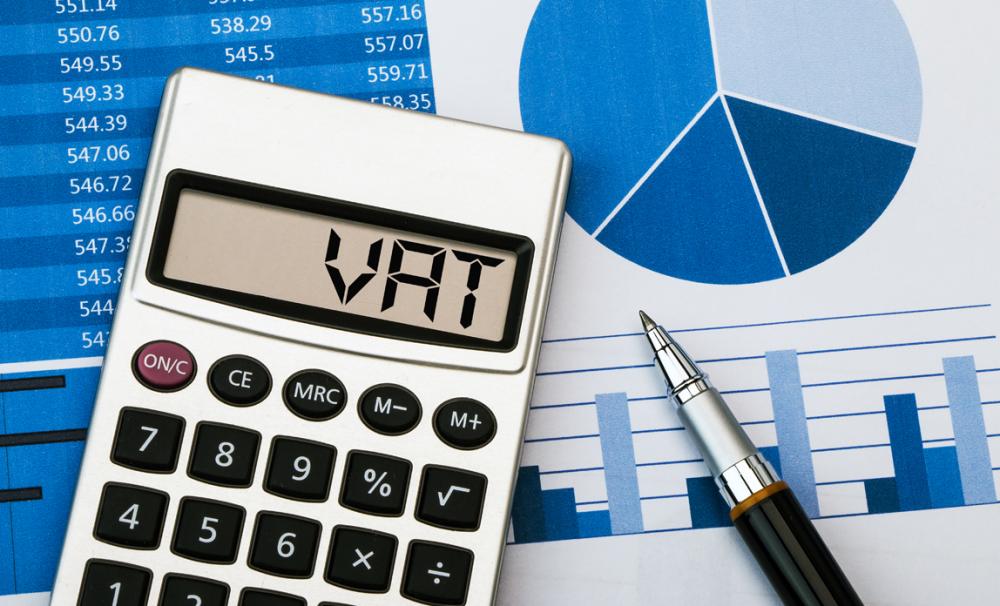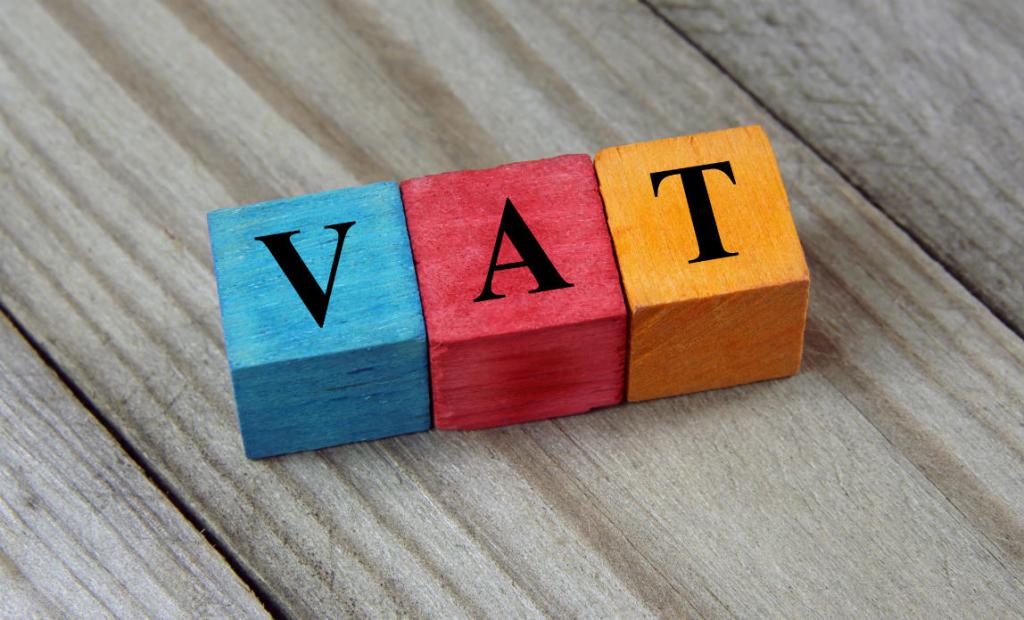Everything is changing very fast in the market. If yesterday you still believed in the good faith of the client and hoped that he would pay off the debt, today it has already become past due. Or vice versa: you, as a buyer, “forgot” to pay off the debt to the creditor. Debt relief can affect the taxable item. How? Read on.
Description of the problem
In the process of its work, the organization repeatedly raises funds. The terms and conditions of use are prescribed in the contract with the creditor. If the debt is not repaid on time, then interest and penalties are charged on this amount. If the borrower does not pay money for three consecutive years, then the debt becomes hopeless. Such amounts are subject to write-off after the expiration of the limitation period (Article 196 of the Civil Code). Accountants have a lot of questions about the process of writing off accounts payable: VAT is not always compensated. Consider how this process occurs in practice.

Start with the basics
Today, all income tax payers rely on accounting data. Without understanding how debt cancellation will be reflected in accounting, nothing can be done in the accounting department.
Enterprises that have doubts about the solvency of counterparties create a reserve for doubtful debts (RSD). This requirement is mandatory for enterprises of all forms of ownership. Debt is insured for which funds must be received. A reserve is not created for a commodity “receivable”. Public sector entities are prohibited from including in RSD debt with a maturity of up to one and a half years. After recognition of the debt as bad, it is deducted from the balance sheet at the expense of the RSD.
Kinds
VAT arrears can be divided into two groups:
- on advance payments for future deliveries (to customers);
- for paid but not completed work (to suppliers).
How to write off VAT when writing off payables in each of these cases, we consider in more detail below.

Customers
As a rule, VAT is charged and paid on the amount of advances received. The amount of tax is deductible for the shipment of goods or if the terms of the contract are changed or the goods are returned. That is, according to the current legislation, when deducting overdue payables, VAT is not deductible. In the event of a dispute, it will be very difficult to prove the correctness of their actions in court.
Limitations
What is the maximum amount of debt that can be recognized as non-operating income in order to be able to write it off minus? According to Art. 248 of the Tax Code, the amount of taxes presented to the buyer is deductible from income. As for the received prepayments from the buyer, the taxpayer must present VAT on them immediately. That is, when accounts payable are written off, VAT is not taken into account. And what about the costs? Need to restore VAT when writing off payables? According to the position of the Federal Tax Service, when debts are written off after the limitation period, the tax amount cannot be reflected in expenses, nor can it be deducted.
Debt related to the receipt of goods and services
Typically, the lender to suppliers the amount of tax already accepted for deduction. In Art. 170 of the Tax Code provides a list of situations when the buyer is required to fully or partially restore the VAT when writing off payables. This list does not include the amount of debt on received goods, which is written off after three years. But in non-operating income the debt is reflected taking into account the amount of tax.If, for some reason, the buyer did not present the amount for deduction and did not pay the debt, then it is possible to present the amount of tax in non-operating expenses.

In BU
According to p.p. 77.78 P (s) BU, the amount of debt is written off separately for each object on the basis of an inventory, an order from the management or a written justification. They then relate to financial results, among other income and expenses. If the RSD was previously formed, then only that part of the debt for which the reserve was not enough will be allocated to expenses. Debt can be written off even before the limitation period has come if there is reason to recognize it unrealistic for repayment, for example, upon presentation of an extract from the USRLE upon liquidation of the facility.
How is VAT written off in the books of accounts payable when written off? Postings:
- DT 60 (70, 76) CT 91
- DT 91 CT (62, 71, 76) - in relation to “receivables”.
If the latter is debited from the reserve, then account 63 should be reflected in the debit instead of account 91. Write-off of the debt does not lead to its cancellation. Such a debt should be on the balance sheet for another 5 years in case of a change in the property status of the debtor. Therefore, it is better to use the DT 007 wiring.
WELL
Here, as in the BU, the debited amount of debt is to be included in non-operating income or expenses. The document confirming the bad debt is the same inventory act, order or written justification. Debt must be written off in the period in which the statute of limitations expired.
More about the statute of limitations
According to general rules, a debt is considered bad after three years from the date of violation of the right to pay a debt. In some industries, the statute of limitations may be shorter. For example, debt for cargo transportation is recognized as hopeless after one year, and for property insurance - two years. Even after the specified period has elapsed, you cannot immediately write off the amount owed. The term may be interrupted and suspended. However, the maximum may be no more than 10 years from the date of violation of the law. This period is no longer dependent on interruptions and suspensions. You can go to court earlier. Just the legislator set the upper bar.

How will this affect the work of accountants? No way. Accounting can still focus on a three-year period. For example, the contract maturity date is 02/17/14. If the counterparty did not repay the debt on 02/18/14, then a countdown of 3 years begins. If the debt is not repaid in the first quarter of 2017 (before 02/17/17), then payables, VAT are written off according to the general rules.
If the period is repeatedly interrupted and suspended, then the upper limit will come in handy. The organization can write off the debt for 10 years, if you can’t recover it. Suppose the supplier has not paid for the delivery. Every year he sends a letter of confirmation of the presence of debt. This contributes to the annual zeroing of the limitation period. If by 18.02.2024 the amount is not returned, then the organization can write off payables, VAT according to the general rules. What really needs to be done in such a situation is to first consult with a lawyer regarding the correctness of the calculation of the statute of limitations.
Suspend Counts
The basis for the suspension of calculations are:
- written recognition of debt;
- partial payment of debt or interest;
- amendment of the contract;
- debtor's request for installments;
- acceptance of an order.

Earlier, the organization’s appeal to the court was also among the exceptions. Today, the suspension of the term is carried out only for the period of consideration of the case and until the decision is made.
Filling out a declaration
How is VAT adjusted when writing off payables in a declaration? The amount of “payables” is included in non-operating income.When filling out the income tax return, it is reflected in line 100 of Appendix 1 in full. The amount of debts written off is reflected in lines 101-107. Therefore, the value indicated on line 100 will always be more indicators from lines 101-107. This amount is not reflected in the VAT return. The basis for calculating the tax does not arise. The Ministry of Finance prohibits the deduction of VAT from advances when writing off payables for unloaded shipments. Or include VAT in expenses, reducing taxable income.
Separately, it should be said about educational organizations. The fact is that it is necessary to fill out section 7 if operations were carried out that were not taxed, or the organization received an advance payment for future deliveries. The written off amounts of accounts payable should not be reflected in section 7.

Special cases
There are situations when the date of fulfillment of an obligation is set “on demand”. For example, if the client provided an advance, and the final payment should have been made after receiving the order. How then is the term calculated?
If a specific deadline has been set in the request (for example, 15 days from receipt of the order), then the countdown starts from the day it expires. If this was not spelled out in the requirements, the countdown starts from the day the payment is requested.
Example. The customer received the order 02/11/14. From this day on, the supplier has the right to demand payment of the debt. An invoice may be issued later. The deadline starts from the moment the invoice is issued. Uncertain requirements are also subject to a 10-year limitation.

Organizations cannot offset debts whose statute of limitations has already expired. “Accounts receivable” cannot be considered hopeless if there is a counter “creditor” with the same client. The financial department considers it unlawful to include such a debt in non-operating expenses. In the Civil Code, a ban on offsets due to overdue debts was previously listed. However, formally, he demanded the availability of a corresponding statement from the other side. Now the ban is unequivocal and unconditional.
Conclusion
All the described restrictions came into force on September 1, 2013. If the statute of limitations has expired after that date, the new rules should apply. If for some reason on the balance sheet of the organization is listed “old” debt with an expired term, then the new rules do not apply to it. You just need to write off this debt from the balance sheet.

